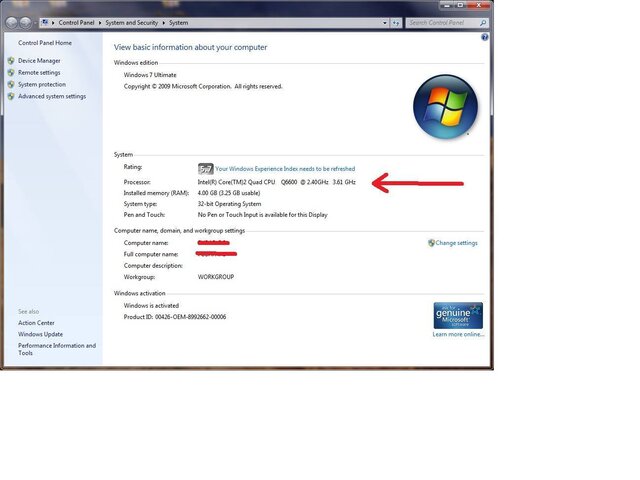Found 2 programs that work rather well for overclocking if anyone is interested?
Powerstrip that overclocks your PCI/AGP video card and
MZCPUAccelorator for CPU.
Did wonders for my machines.
Any other suggestions?
tracker.
Powerstrip that overclocks your PCI/AGP video card and
MZCPUAccelorator for CPU.
Did wonders for my machines.
Any other suggestions?
tracker.



